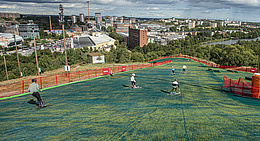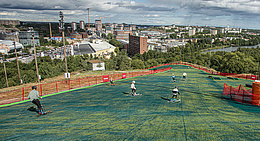In mid-May 2020, ISR spoke with tourism analyst Arnold Oberacher about the options and prospects for this summer season and beyond.
ISR: Mr. Oberacher, the consequences of the corona crisis are to be felt everywhere. A great deal currently depends on factors over which businesses have no control – starting with the question of opening the borders for tourists. What can mountain and winter sport destinations do at this point in time?
Arnold Oberacher: In the current situation, liquidity protection should be the key issue. Fortunately, the 2019/2020 winter season was not completely ruined for most destinations. The worst thing they can do now is to wait and see how the summer season develops – and if things go badly, wait until September or October before taking action. With regard to the next winter season, tourism businesses are advised to perform thorough scenario planning and calculations now. And the exercise should include not only best-case and realistic-case scenarios but also a worst-case scenario.
ISR: Mr. Oberacher, what tourism marketing measures would you recommend for the current summer season?
Arnold Oberacher: I would advise a two-pronged strategy. In times like these, people look first and foremost for security and reliability. Mountain tourism destinations should provide a credible response to this need and do everything possible to offer their guests protection and safety, and they should communicate this position accordingly – starting with practical measures to help visitors respect the social distancing rules in the cable cars without stressing themselves in any way or measures to prevent physical contact when they are waiting in lines or enjoying some local attraction. In this context, now more than ever, visitors should be encouraged to avoid queues at ticket offices by buying their tickets and passes online in advance, and contactless and cashless payment should finally become the norm.
ISR: Mr. Oberacher, that is one aspect. What is the other element of your of dual strategy?
Mountain tourism destinations must continue to appeal to and cater for people’s longings; they must offer the magic! After the lockdown in particular, many people simply want to get out and escape what are often relatively dull everyday lives. The yearnings of so many people for a few hours of freedom, perspective and vision are something that mountain tourism destinations are ideally equipped to satisfy. In this situation, tourism destinations should stand for both freedom and security. Of course, it requires a degree of sensitivity to combine the two in a single message.
ISR: Mr. Oberacher, which destinations do you think will recover fastest?
Arnold Oberacher: As long as certain travel restrictions remain in place, locations that traditionally attract a high proportion of domestic visitors or visitors arriving by road or rail will naturally be at an advantage. The same applies to local leisure destinations at a short (day-trip) distance from the big cities, i.e. which can be reached within two to two and a half hours, such as destinations on the eastern margin of the Alps or the Bulgarian ski resorts near Sofia. At present the situation is naturally more difficult for those destinations that are popular with visitors from abroad, especially if they travel by air.
ISR: Mr. Oberacher, to what extent can their absence be compensated by domestic visitors and day trippers?
Arnold Oberacher: In small countries with a strong focus on tourism like Switzerland or Austria, for example, the situation is of course much more challenging than in countries like Germany, France or Italy with their large populations – and a correspondingly large reservoir of domestic visitors. In many leading destinations in Eastern Central Europe, too, foreign tourists account for a high proportion of the total. For most destinations in small countries, it is of existential importance that the borders with neighboring countries at least should be opened for tourists in the foreseeable future. This is now also clear to many governments, and it is to be hoped that the free movement of persons will be restored before the summer season, at least in certain regions.
ISR: Mr. Oberacher, some people say that after the corona pandemic nothing will be the same again in tourism. What do you think about that?
Arnold Oberacher: Much of this is often wishful thinking on the part of people who are not otherwise familiar with the subject. Certainly the corona crisis is set to reinforce trends that were already emerging or present before. This applies, for example, to digitization and especially to online ticket sales and contactless payment. In my estimation, these effects will be felt relatively soon, above all because such measures help to reduce unnecessary contacts and thus make the processes safer for visitors.
ISR: Mr. Oberacher, what other trends are likely to be reinforced?
Arnold Oberacher: Another trend is a growing demand for destinations that embody a certain regional typicity, a relaxed atmosphere and authenticity, for example through attractive town or village centers, and restaurants and shops with a regional character, in other words the exact opposite of the anonymous and interchangeable establishments that visitors are familiar with at home. With regard to winter tourism, the visitor potential is still there, but the number of skiers who want (or are able) to spend seven days on the slopes from 9.00 am to 4.30 pm was already decreasing before corona. Even enthusiastic skiers need alternatives for the odd (half) day of their holidays!
ISR: Mr. Oberacher, what opportunities do you see in all this for destinations in Eastern Central Europe and South-Eastern Europe?
Arnold Oberacher: From a Western European perspective, there is still a discrepancy between image and reality regarding many of these destinations. If you make a fair comparison between resorts of the same size in East Central and South-Eastern Europe and their Western European counterparts, you will often be surprised by the standards of quality and professionalism offered by the former – sometimes even superior to Western European destinations. But many potential Western European visitors are not yet aware of that. A key distinguishing feature between many winter sport resorts in the Alps and in Eastern Central or South-Eastern Europe is above all their size. In the current situation, however, that is not a disadvantage. What counts at the moment is security, “small is beautiful” and a relaxed atmosphere, and with the right marketing, these trends can work to the advantage of compact resorts.
ISR: Mr. Oberacher, looking back briefly, what can mountain and winter tourism destinations learn from the events witnessed in the first few days of the corona crisis?
Arnold Oberacher: A key point is that the people in charge should have effective contingency plans in place to ensure active crisis management and avoid a state of paralysis through shock. Most cable car operators have greatly improved their crisis management in recent years, but many destination managers still have a few improvements to make. It is true that nobody was expecting anything like the coronavirus, but good contingency plans are designed to cover all eventualities and not just developments that are easily imagined like accidents, avalanches or terrorist attacks.
ISR: Mr- Oberacher, what measures should governments now consider with specific regard to the cableway industry?
Arnold Oberacher: With regard to the cableway industry, policy makers must recognize its special role within regional and national economies. Without tourism, most mountain regions in Europe would be underdeveloped, with weak social and economic structures. The cableways have always been the driving force for tourism and the foundation for related business activity: Without cable cars, there would be no hotels and restaurants, which in turn provide essential business for many local tradesmen and suppliers, including regional financial and creative service providers. This is one of the reasons why public authorities have played a strong supportive role in the establishment of many cable car companies – either providing financial grants or becoming involved as (co-)owners. With government bailouts now on the agenda for the rescue of “critical infrastructures” such as airlines, it should be borne in mind that in many regions the cableways are also of existential importance as a critical part of the tourism infrastructure.
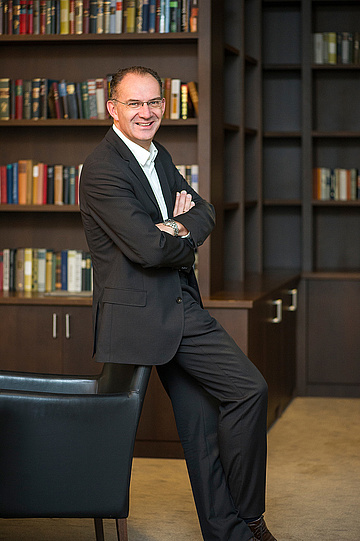
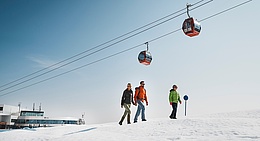
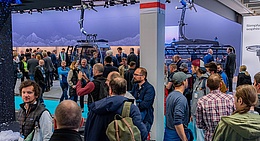

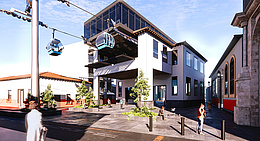
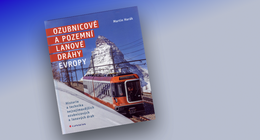

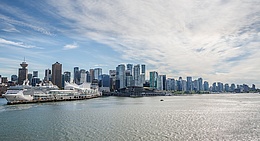
![[Translate to English:] Photo: Adobe Stock](/fileadmin/user_upload/Aspen_Skyline_AdobeStock_192240489.jpeg)
